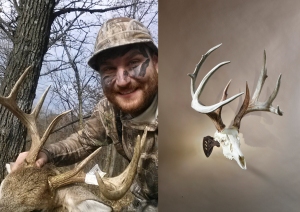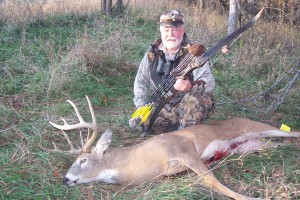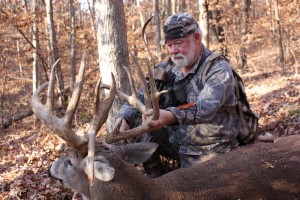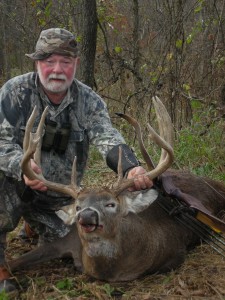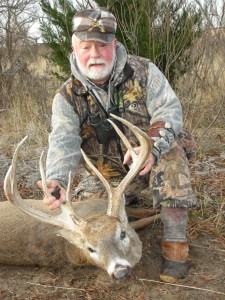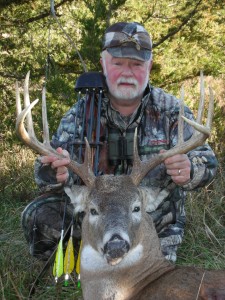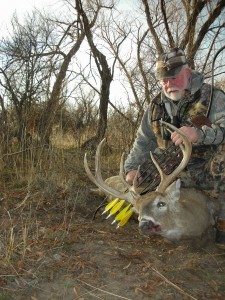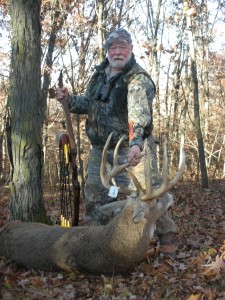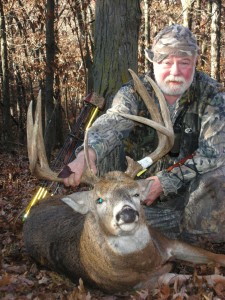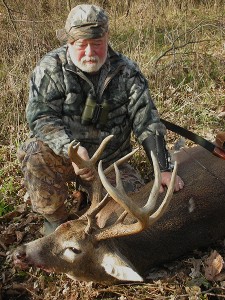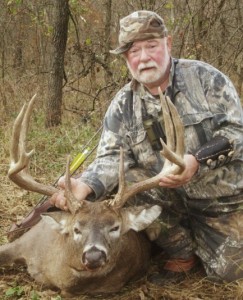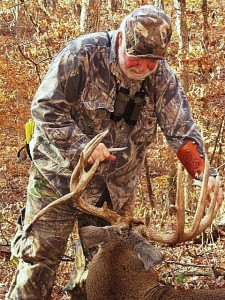
The days are getting longer and the air is getting warmer, which can mean only one thing – turkey season is almost here. Getting a trophy tom with a shotgun can be hard, but when you decide to do it with your bow, especially a recurve or longbow, it can be considerably more difficult. The last thing you want to do is to be caught unprepared on opening day – making an already challenging hunt nearly impossible, but don’t worry 3Rivers Archery has your back.
There are a few things to consider before venturing out into the woods this season, and the best time to start thinking about them is in the weeks prior to opening day.
Where are you hunting?
Many bowhunters will likely already have their hunting area secured. If you fall into that category, now would be a good time to start scouting – you should become intimately familiar with your territory. If you’re still not sure where you’re going to be hunting this season, the advice is the same; don’t wait for opening day to find out where the birds are roosting and feeding.
Will you be hunting from a blind or ‘running and gunning?’
Many archers find it easier to hunt from a blind because it can conceal the extra movement of drawing a bow. When hunting with a shotgun it’s easy to simply get set-up, put the gun on you knee and wait for a bird to get within range. With a bow, however, it’s never that simple. If you do decide to ‘run-and-gun’ consider using a bow sock in conjunction with some bow camo and a ghillie suit. Although this won’t hide your movements completely, it will soften them and it can be much more effective at concealing the human form than camouflage alone.
Is your blind ready to go?
A good ground blind is invaluable to the bowhunter when he is matching wits with a seasoned tom. Turkeys have some of the sharpest eyes in the woods, and your trophy tom has been hunted before, so he’s already weary of even the slightest movements. You can’t hold your bow at full draw for too long and drawing takes a lot of movement, so what do you do? You get a ground blind. There are many different kinds of blinds from single panels to large pop-up blinds and even the high-tech GhostBlind®. Which one is the right one for you? That depends on preference, hunting style, and budget, but I love the GhostBlind®. It works just about anywhere and can be moved easily and setup quickly.
Are your decoys ready to go?
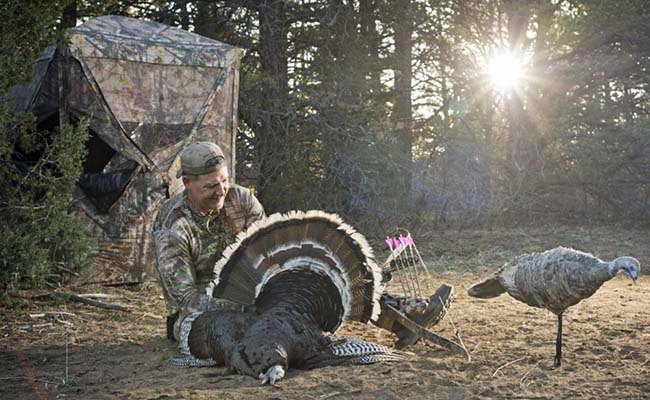
Most hunters can get the old longbeards within 50 or so yards, but arguably the most difficult part of luring a tom within shooting range are those last few yards. A good decoy can be the difference between success or failure this season. That said, it’s hard to find a reason to not recommend the Miss Purr-Fect Hen. It just works. The Miss Purr-Fect weighs about as much as a bottle of water and features perfect pose technology, allowing for detailed adjustable neck/head positioning.
Do you have a good hunting seat?
Whether you will be sitting at the base of a tree or in a ground blind this season, it is important to think about comfort. If you can’t sit still then you might as well not go out at all, because a turkey will see your movement and your hunt will be over. If you’re going to be sitting on the ground, then at least make sure your back is comfortable with some lumbar support. Or, if you’re going to be hunting from a blind you might want to check out the Chama Swivel Hunting Chair.
Is your camo right for the season?
You’re going to need to get your bird within your kill zone, and for most traditional bowhunters that means 20 yards or less. This means the detail of your camouflage is critical. The wild turkey’s ability to pick up movement is truly impressive, so you need to make sure you’re camo is on point. The new Core4Element Realtree Xtra® Camo line by Easton is impressive and has been designed for early season hunting.
Do you have the appropriate broadheads?
What’s the best broadhead for hunting turkey? The one that flies the straightest and gets the job done. The vital area on a turkey is roughly the size of a fist; that said, the best broad head is the one you can shoot confidently into that small of an area time and time again. You do not want to be second guessing how an arrow will fly or your ability to hit a tom when he is at 20 yards.
However, it’s best to avoid a pass though with turkey, because if they can run or fly after the shot, they usually will, which won’t leave a blood trail or, if it does, it won’t be a good one. If you can, try and place your arrow so it penetrates at least one wing, both would be better, while also hitting the vitals. Another good way to avoid a pass through is to add a Zwickey Scorpios Broadhead Stopper to your broadhead.
Have you practiced shooting enough to be confident?
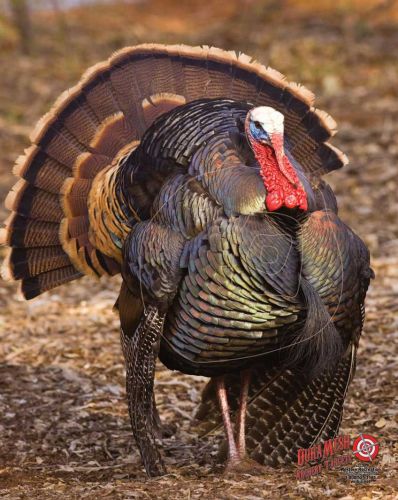
As with all things, the key to successful traditional bowhunting is practice. In the military they have a saying, train like you fight. It would be a good idea to find an area where you can practice shooting, which will closely replicate your actual hunting conditions. It’s also a good idea to get a decent target for practice. I love practicing with a good 3D target, but not every hunter can afford that. The next best option is to get a high-quality lifelike paper target.
Have you purchased your hunting license?
This one seems like such a no-brainer, but it never fails – someone will forget or put it off too long. So, do it now, well not right now, but as soon as you’re done reading this article.
Finally, how are you going to display that big longbeard once you bag him?
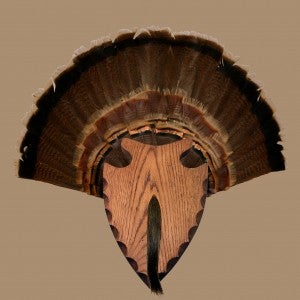
Because you will get him, if not this year then maybe next year, but it will happen. I suggest mounting the tail feathers and longbeard yourself. It’s a good DIY project and is much more satisfying to point at your trophy and say you did everything. Try mounting it on our Arrowhead plaque to show off your pride as a traditional bowhunter.
In closing, I hope this helped. If you think of anything that I might have forgotten, please leave a comment and let me know. Remember to stay safe in the woods this season and as always, good luck and shoot straight. Be sure to share your tom with us and we’ll add it to our Trophy Room.
By Jason D. Mills














.jpg)
